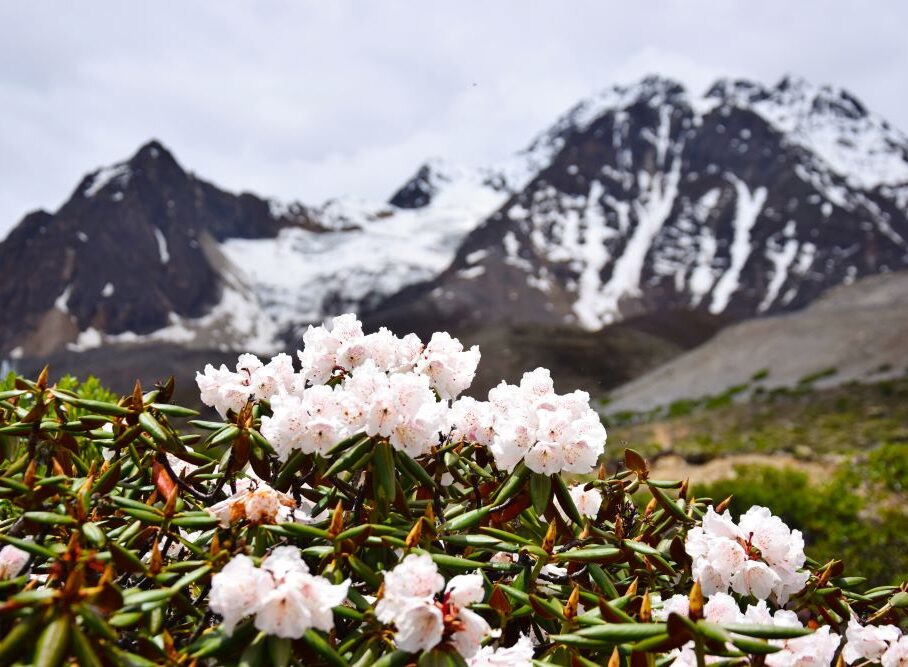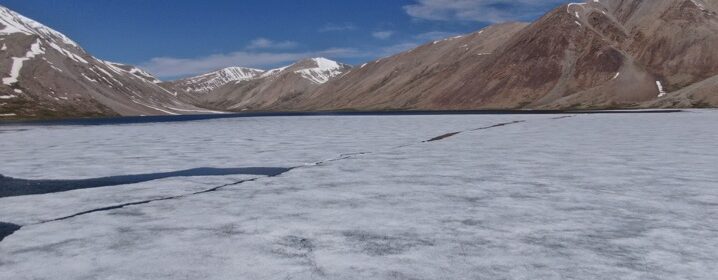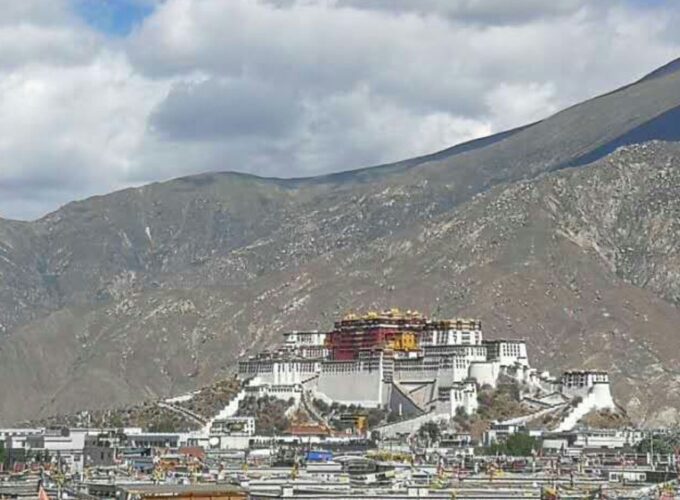Out this week in the journal Science member of the UMBRELLA team, Prof. Robert Spicer, has publihed new and exciting research examining the originsn of our modern plant diversity. Many readers may even be familiar with many of these plant specieis as they are also common in many of our back gardens. An international team …
Exciting new paper on the origins of modern plant diversity
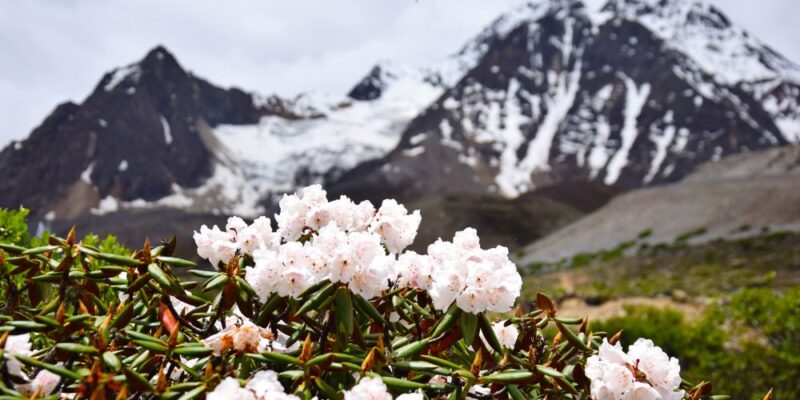
June 2020 fieldwork in Tibet update:
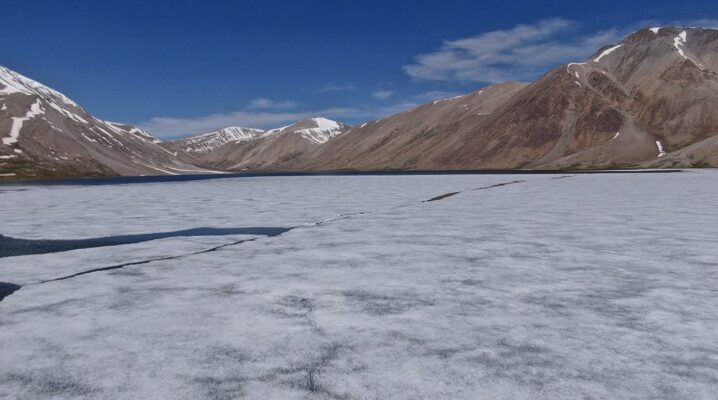
Despite Covid19 our Chinese colleagues are busy collecting plant fossils (and looking at the modern flora) in the ancient Gangdese mountains. Since the Cretaceous the Gangdese have marked the southern boundary of what is now the Tibetan Plateau. They however are not alone all the way up there, they have to share their digs sites with …
UMBRELLA heads into Tibet for fieldwork (06/2020).
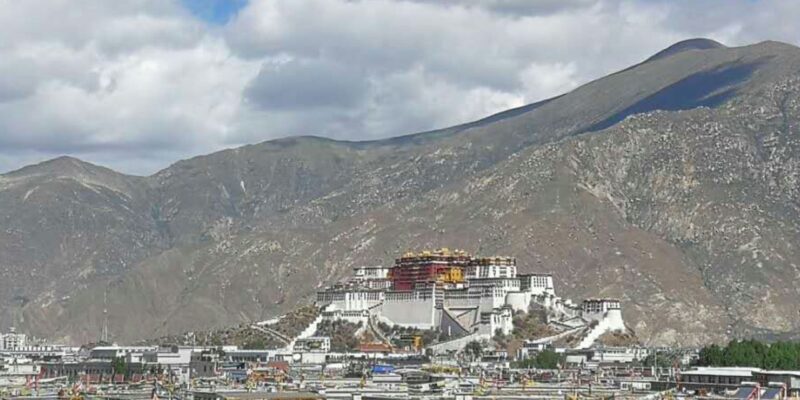
Back in the field! While we in the UK languish in lockdown our colleagues in China has returned to Tibet to start fieldwork in the western Gangdese Mountains, SW Tibet. Despite the recent resurgence of the virus in Being an UMBRELLA group from XTBG and Yunnan University recently arrived in Lhasa in preparation for this …
The early Eocene rise of the Gonjo Basin, SE Tibet: From low desert to high forest
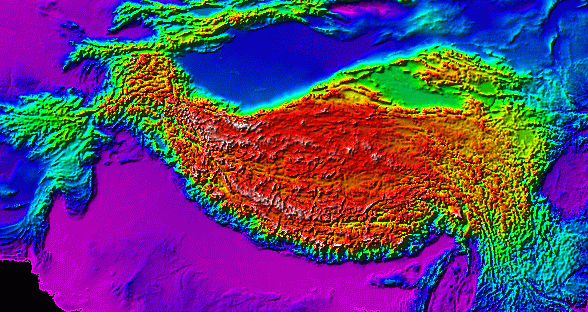
Understanding the orographic development of the Tibetan Plateau through time is essential to the UMBRELLA project and measuring past landscape height is core to that understanding. It is the shape and height of the land surface that interacts with the atmosphere that in turn affects climate, vegetation type and drainage patterns, all of which feedback …
The ‘Uplift of the Tibetan Plateau’ Myth
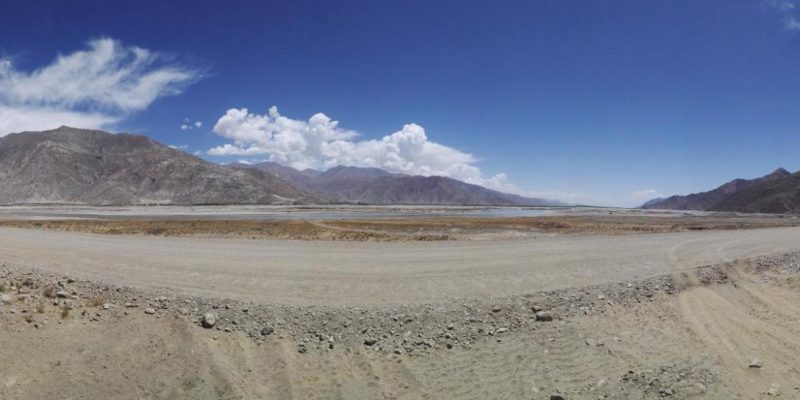
The phrase ‘the uplift of the Tibetan Plateau’ permeates the scientific literature, extending even into the realms of molecular phylogeny. It implies that this enormous and almost flat-surfaced portion of Earth’s surface rose as a coherent entity, and that uplift was driven entirely by the collision and northward movement of India. In a study published …
The East Asian monsoon is many millions of years older than we thought
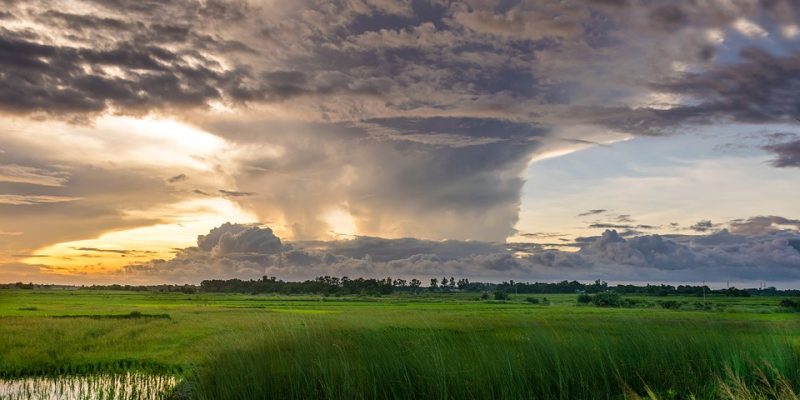
The East Asian monsoon covers much of the largest continent on Earth leading to rain in the summer in Japan, the Koreas and lots of China. Ultimately, more than 1.5 billion people depend on the water it provides for agriculture, industry and hydroelectric power. Understanding the monsoon is essential. That is why colleagues and I …
Inspiring the next generation

Shortly after arriving back in China, our very own Bob Spicer was asked to speak at a Kunming primary school around the general topic of Tibet, Monsoons and Biodiversity in Asia. He was told beforehand that the children would be aged around 10 and that the talk was part of an afternoon of interesting the …
Fieldwork Part 3: Mangkang and Leiwuqi
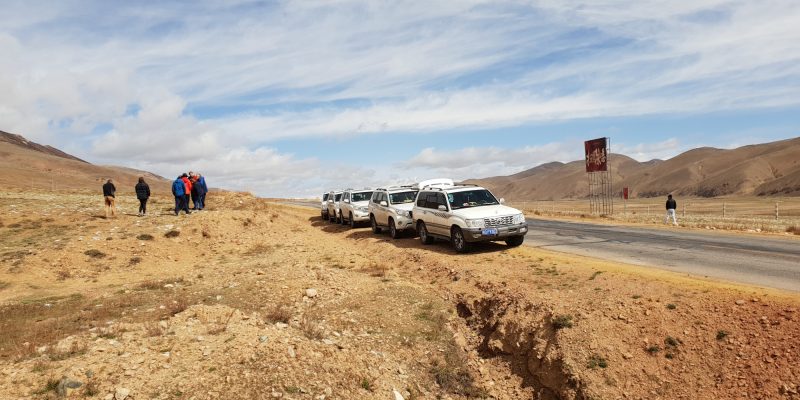
Fieldwork Part 3: Mangkang and Leiwuqi Following our adventures in southern China (see our first blog post) and our gathering of the Tibet fellowship (see our second blog), we then set off for Mangkang and later Leiquqi. From Lhasa, we flew closer to Mangkang, arriving at the airport of many names (Bangda, Changdu, Qamdo, Chamdo), …
Fieldwork Part 2: A mid-trip interlude (April 29th – May 9th)
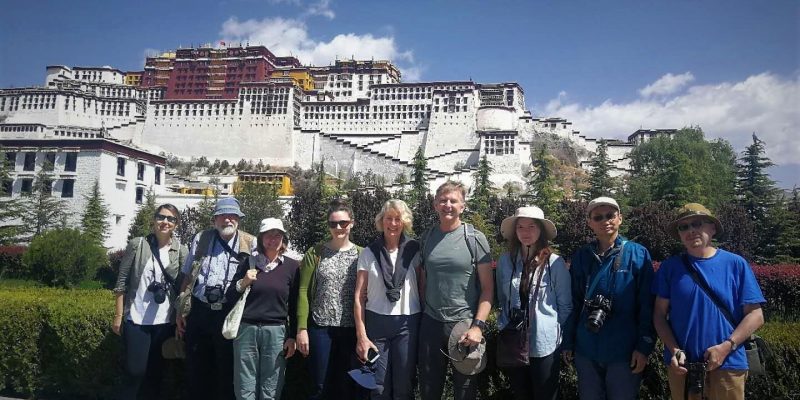
The UMBRELLA team assembled even more of its members leading up to the second leg of this latest Spring 2019 expedition in China, meeting first in Xishuangbanna in Yunnan province and then Beijing before continuing on our journey to Tibet. First stop: Xishuangbanna Tropical Botanical Garden of the Chinese Academy of Sciences in Yunnan province …
Fieldwork Part 1: from Maoming to Hainan (SE China)- 16th-28th April 2019
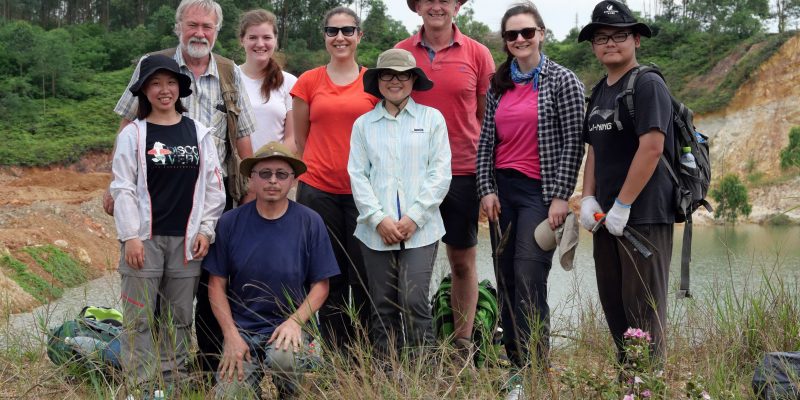
The latest fieldwork for the UMBRELLA team brings us to south east China, in the regions of Guangdong and Hainan. Two new members are joining the team to continue exploring the potential of biomarker analysis in these sections: Caitlyn Witkowski and Vittoria Lauretano. We are also accompanied by Alexei Herman and Ksenia Domogatskaya, experts in …
